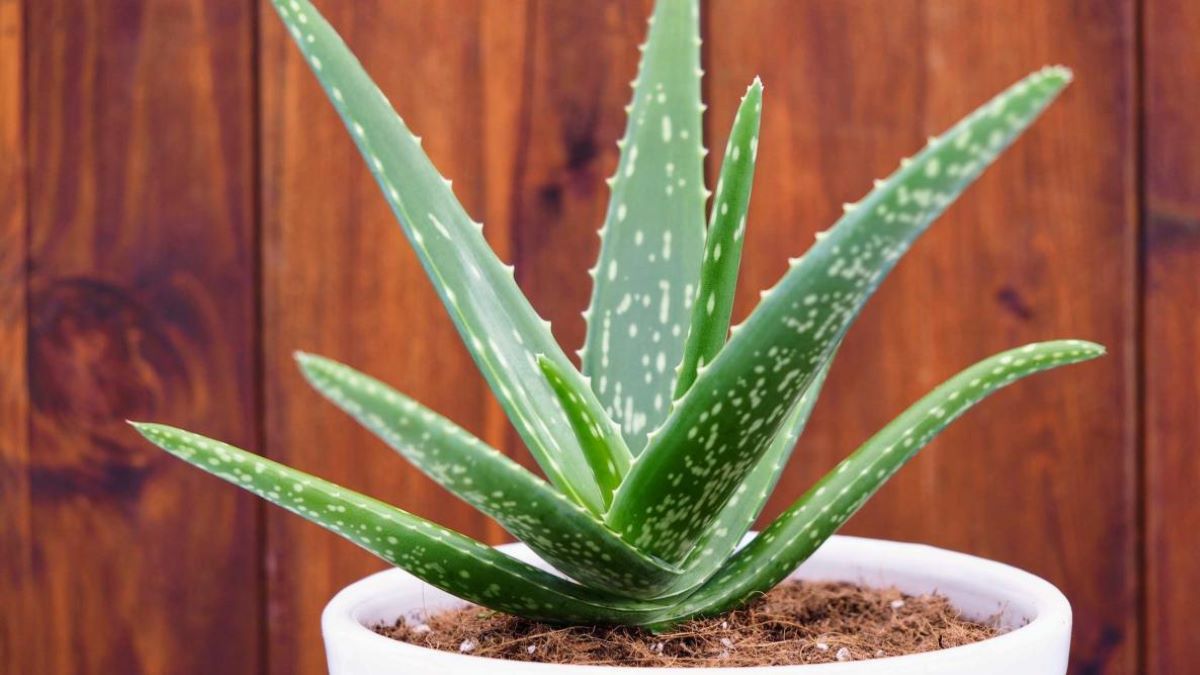

Articles
How To Store Aloe Vera
Modified: January 18, 2024
Learn the best practices for storing aloe vera with our informative articles. Discover the proper methods to keep your aloe vera fresh and potent.
(Many of the links in this article redirect to a specific reviewed product. Your purchase of these products through affiliate links helps to generate commission for Storables.com, at no extra cost. Learn more)
Introduction
Aloe vera is a succulent plant that is known for its numerous health and beauty benefits. It has been used for centuries in traditional medicine and skincare routines due to its soothing and healing properties. If you have an aloe vera plant at home or have purchased fresh aloe leaves, you may be wondering how to store them properly to preserve their beneficial gel.
Storing aloe vera correctly not only ensures that you have access to its gel whenever you need it, but it also extends the shelf life of the gel, allowing you to enjoy its benefits for a longer period. In this article, we will discuss the step-by-step process of storing aloe vera gel to maximize its potency and freshness.
Before we dive into the storage process, let’s take a moment to understand the remarkable benefits that aloe vera gel provides.
Key Takeaways:
- Store aloe vera gel in the refrigerator for quick access and use within a week to maintain maximum freshness and effectiveness. Freezing the gel extends its shelf life up to three months, preserving its healing properties for longer.
- Properly store aloe vera leaves in the refrigerator to maintain their freshness for a few weeks, ensuring the potency of the gel and juice extracted from them. Transform stored leaves into refreshing juice or convenient gel cubes for versatile use.
Read more: How To Store Aloe Vera Gel In Fridge
Benefits of Storing Aloe Vera
Storing aloe vera gel not only ensures that you have a readily available supply of this incredible plant’s healing properties, but it also allows you to enjoy its numerous benefits for a longer period of time. Here are some of the key benefits of storing aloe vera:
- Soothing Sunburn Relief: Aloe vera gel is widely acclaimed for its ability to provide relief from sunburn. The cooling and hydrating properties of the gel help to soothe the skin, reduce redness, and promote healing.
- Moisturizes and Hydrates Skin: Aloe vera gel is an excellent natural moisturizer that helps to keep your skin hydrated and supple. Regular application of aloe vera gel can prevent dryness and lock in moisture, keeping your skin soft and nourished.
- Anti-Inflammatory Effects: The gel extracted from aloe vera contains anti-inflammatory compounds that help reduce inflammation and redness associated with skin conditions like acne, eczema, and psoriasis. Storing aloe vera gel ensures that you always have a natural remedy on hand to calm and soothe irritated skin.
- Promotes Wound Healing: Aloe vera gel is known for its ability to accelerate wound healing. It contains beneficial compounds that stimulate cell growth, reduce pain, and prevent infection. By storing aloe vera gel, you can apply it to minor cuts, burns, and abrasions to promote faster healing.
- Natural Hair Care: Storing aloe vera gel allows you to incorporate it into your hair care routine. Aloe vera gel promotes hair growth, reduces dandruff, strengthens the hair shaft, and adds shine and luster to your locks. It is a natural and effective alternative to commercial hair products that often contain harsh chemicals.
These are just a few of the many benefits of using and storing aloe vera gel. By having a steady supply of fresh gel, you can harness the power of this miracle plant to enhance your skincare, promote healing, and improve overall well-being.
Supplies Needed
Before you start storing aloe vera gel, it’s important to gather the necessary supplies. Here are the items you’ll need:
- Aloe vera leaves: Ideally, choose mature leaves that are thick and fleshy. Look for leaves that are free of bruises or blemishes.
- A sharp knife or scissors: To harvest the aloe vera leaves, you will need a sharp tool to cut through the tough outer layer.
- A cutting board: A stable surface is essential for safely cutting your aloe vera leaves. Make sure the cutting board is clean and free of any contaminants.
- A clean container: To store the aloe vera gel, you’ll need a container with an airtight seal. This can be a glass jar or a plastic container specifically designed for food storage.
- A clean spoon or spatula: This will be used to scoop out the gel from the aloe vera leaves and transfer it into the storage container.
- A blender or food processor (optional): If you prefer a smoother consistency for your aloe vera gel, you can use a blender or food processor to blend the gel before storing it.
- Ice cube trays or silicone molds (optional): If you plan to freeze the aloe vera gel, ice cube trays or silicone molds can be used to create convenient gel cubes for future use.
- Freezer-safe ziplock bags (optional): If you don’t have space for ice cube trays, you can store the gel in freezer-safe ziplock bags, taking care to remove any excess air before sealing them.
By having these supplies ready, you’ll be well-prepared to properly store your aloe vera gel and make the most out of this incredible plant’s benefits.
Step 1: Harvesting Aloe Vera Leaves
To begin the process of storing aloe vera gel, you first need to harvest the aloe vera leaves. Follow these steps to ensure a successful harvest:
- Select mature leaves: Choose leaves that are mature and healthy-looking. Mature leaves are thicker and fleshy, indicating that they contain a higher concentration of gel.
- Prepare a clean surface: Place a clean cutting board or surface on a stable countertop or table. This will provide a stable base for cutting the leaves.
- Cut the leaves: Using a sharp knife or scissors, cut the leaves as close to the base of the plant as possible. Aim to cut at least 1-2 inches away from the base to ensure that the plant can continue to grow and thrive.
- Harvest the desired amount: Harvest as many leaves as you need or depending on the size of your storage container. Remember to only harvest what you can use or store to avoid wasting any precious gel.
- Inspect the leaves: After harvesting the leaves, inspect them for any bruising, blemishes, or signs of decay. It’s crucial to use only fresh and intact leaves to ensure the quality of the gel.
By following these steps, you can safely and efficiently harvest aloe vera leaves for storing and extracting the gel. Once you’ve harvested the leaves, it’s time to move on to the next step: washing and preparing the leaves.
Step 2: Washing and Preparing the Leaves
After harvesting the aloe vera leaves, it’s important to wash and prepare them properly to remove any dirt, debris, or residue. Follow these steps to ensure that your leaves are clean and ready for gel extraction:
- Rinse the leaves: Thoroughly rinse the aloe vera leaves under cool running water to remove any dirt or impurities on the surface. Gently rub the leaves with your fingers to ensure all areas are cleaned.
- Pat dry the leaves: Use a clean towel or paper towel to gently pat dry the leaves. Be gentle to avoid damaging the delicate outer layer of the leaves.
- Trim the edges: Use a sharp knife to carefully trim the edges of the leaves. This step is optional but helps in removing any thorny edges or spines that can cause discomfort during the extraction process.
- Remove the outer layer (optional): If you prefer a smoother gel consistency, you can remove the outer layer of the leaf. To do this, use a sharp knife to carefully peel off the top layer, exposing the clear gel underneath.
- Discard the yellow sap: Some aloe vera leaves may contain a yellow sap near the base. This sap can cause irritation and has a bitter taste. To remove it, hold the leaf upright and allow the sap to drain out before moving on to the gel extraction step.
By washing and preparing the aloe vera leaves, you remove any impurities and ensure a clean extraction process. Now that the leaves are ready, it’s time to extract the gel. This will be covered in the next step: storing aloe vera gel.
Read more: How To Store Fresh Aloe Vera Leaf
Step 3: Storing Aloe Vera Gel
Once you have harvested and prepared the aloe vera leaves, it’s time to extract the gel and store it properly. Follow these steps to ensure that your aloe vera gel remains fresh and potent:
- Slice the leaves in half: Use a sharp knife to carefully slice the aloe vera leaves lengthwise, splitting them in half. This will expose the gel inside.
- Scoop out the gel: With a spoon or spatula, gently scoop out the gel from each leaf half. Place the gel in a clean container with an airtight seal. Try to avoid getting any of the yellow sap or the outer leaf layer into the gel.
- Store in the refrigerator or freezer: Depending on how you plan to use the gel, you have two options for storage. If you want to keep the gel for immediate use, store it in the refrigerator. If you want to extend the shelf life, you can freeze the gel.
- Label and date the container: To keep track of the freshness of your aloe vera gel, label the container with the date of extraction. This will help you use the gel within its optimal period.
- Use within a week (refrigerated) or up to three months (frozen): If stored in the refrigerator, use the aloe vera gel within a week to ensure maximum freshness and potency. If frozen, the gel can last up to three months. Just remember to thaw it in the refrigerator before use.
By following these steps, you can store aloe vera gel properly, preserving its healing properties for future use. Now that you have the gel stored, you may also consider additional storage methods for aloe vera leaves, which will be covered in the next step: storing aloe vera leaves.
Store aloe vera leaves in a cool, dry place away from direct sunlight. You can also refrigerate cut leaves in an airtight container for longer shelf life.
Step 4: Freezing Aloe Vera Gel
If you want to extend the shelf life of your aloe vera gel, freezing is a great option. Freezing helps to preserve the freshness and potency of the gel for a longer period. Follow these steps to freeze your aloe vera gel:
- Transfer the gel into ice cube trays or silicone molds: Pour the aloe vera gel into ice cube trays or silicone molds. Fill each compartment about three-quarters full. This will allow room for expansion when freezing.
- Cover the trays or molds: Place a plastic wrap or aluminum foil over the ice cube trays or silicone molds to prevent any freezer burn or odors from affecting the gel.
- Place the trays or molds in the freezer: Carefully transfer the trays or molds to the freezer and ensure they are placed on a flat surface. Allow the gel to freeze completely, which usually takes a few hours.
- Pop out the gel cubes/molds: Once the gel is frozen solid, remove the trays or molds from the freezer. Gently push on the bottom of each compartment or flex the silicone mold to release the frozen gel cubes or molds.
- Transfer the gel cubes/molds to a freezer-safe bag: Place the gel cubes or molds in a freezer-safe ziplock bag. Remove any excess air from the bag before sealing it tightly.
- Label and date the bag: Use a marker to label the bag with the date of freezing. This helps you keep track of the gel’s freshness.
- Store in the freezer: Return the bag of gel cubes or molds to the freezer, where they can be kept for up to three months.
By following these steps, you can freeze your aloe vera gel and enjoy its benefits for an extended period. Whenever you need aloe vera gel, simply take out a frozen cube or mold and thaw it in the refrigerator before use.
Now that you have learned how to store aloe vera gel in the freezer, let’s move on to the next step: storing aloe vera gel in the refrigerator.
Step 5: Storing Aloe Vera Gel in the Refrigerator
If you prefer to have quick access to your aloe vera gel and use it within a shorter period, storing it in the refrigerator is an ideal option. The cool temperature of the refrigerator helps to maintain the freshness and effectiveness of the gel. Follow these steps to store your aloe vera gel in the refrigerator:
- Transfer the gel into a clean container: Pour the aloe vera gel into a clean container with an airtight seal. Ensure that the container is suitable for food storage and has a lid or seal to keep the gel fresh.
- Seal the container tightly: Securely close the container to prevent any air or moisture from entering and affecting the gel’s quality. Make sure the lid is tightly sealed to maintain the freshness of the gel.
- Label and date the container: Use a marker to label the container with the date of storage. This will help you keep track of how long the gel has been stored in the refrigerator.
- Place the container in the refrigerator: Find a stable spot in your refrigerator where the container can sit undisturbed. Make sure it is placed away from strong odors or potential contaminants that may affect the gel.
- Use within a week: Aloe vera gel stored in the refrigerator should ideally be used within a week to maintain its freshness and effectiveness. Regularly check the gel for any signs of spoilage or changes in texture and smell.
By following these steps, you can easily store your aloe vera gel in the refrigerator and have it readily available whenever you need it. Remember to use the gel within a week to enjoy its maximum benefits.
Now that you know how to store aloe vera gel in the refrigerator, let’s explore the next step: storing aloe vera leaves.
Step 6: Storing Aloe Vera Leaves
In addition to storing aloe vera gel, you may also want to store aloe vera leaves for other purposes such as making juice or using them externally for skincare. Follow these steps to properly store aloe vera leaves:
- Select fresh and intact leaves: Choose aloe vera leaves that are free of blemishes or bruises. Fresh and healthy leaves will ensure the potency of the gel and juice extracted from them.
- Rinse the leaves: Before storing, gently rinse the leaves under cool running water to remove any dirt or impurities on the surface. Pat them dry with a clean towel or paper towel.
- Place the leaves in a plastic bag: Place the rinsed and dried leaves in a plastic bag. You can use a resealable bag or wrap them loosely in plastic wrap. The bag will help to maintain moisture and prevent the leaves from drying out too quickly.
- Seal the bag: Seal the bag tightly to create a closed environment for the leaves. This will keep them fresh for a longer period.
- Label and date the bag: Write the date of storage on the bag to keep track of how long the leaves have been stored. This will help you use them within the appropriate time frame.
- Store in the refrigerator: Place the bag of aloe vera leaves in the refrigerator. The cool temperature of the refrigerator will slow down the degradation process and keep the leaves fresh for a few weeks.
By following these steps, you can store aloe vera leaves to have them available for various purposes. Whether you want to make aloe vera juice or use the leaves for external applications, properly stored leaves will provide the desired benefits.
Now that you know how to store aloe vera leaves, let’s move on to the final step: making aloe vera juice or gel cubes.
Read more: How To Store An Aloe Vera Leaf
Step 7: Making Aloe Vera Juice or Gel Cubes
If you have stored aloe vera leaves, you can utilize them to make aloe vera juice or gel cubes for convenient use. Follow these steps to turn your stored aloe vera leaves into refreshing juice or gel cubes:
- Retrieve the stored aloe vera leaves: Take out the aloe vera leaves from the refrigerator and carefully unwrap them from the plastic bag.
- Wash the leaves: Rinse the leaves under cold water to remove any residual dirt or contaminants. Gently pat them dry with a clean towel.
- Trim the edges: Use a sharp knife to trim the edges of the leaves, removing any thorny or spiky parts. This will make it easier to handle and extract the gel.
- Extract the gel: Slice each leaf open lengthwise and use a spoon to scoop out the gel from the inside. Collect the gel in a clean container.
- For aloe vera juice: If you want to make aloe vera juice, transfer the gel into a blender and blend until smooth. You can strain the juice to remove any remaining pulp or fibers if desired.
- For gel cubes: If you prefer to make gel cubes for easy and convenient use, pour the gel into ice cube trays or silicone molds. Fill each compartment about three-quarters full and freeze until solid.
- Transfer juice or gel cubes: Once the juice is blended or the gel cubes are frozen, transfer them into storage containers such as glass jars or freezer bags. Label the containers with the date and contents.
- Store in the refrigerator or freezer: Depending on your preference and intended use, store the aloe vera juice in the refrigerator and consume within a week. Frozen gel cubes can be kept in the freezer for up to three months.
By following these steps, you can transform your stored aloe vera leaves into refreshing juice or convenient gel cubes. Whether you use the juice for drinking or the gel cubes for topical applications, you can enjoy the numerous benefits of aloe vera at your convenience.
Now that you’ve learned how to make aloe vera juice or gel cubes, it’s time to wrap up our guide on storing aloe vera.
Conclusion
Storing aloe vera gel and leaves properly is essential to maximize their freshness and benefits. By following the step-by-step process outlined in this guide, you can ensure that you always have access to the healing and soothing properties of aloe vera.
We discussed the benefits of storing aloe vera, including its ability to provide relief from sunburn, moisturize and hydrate the skin, reduce inflammation, promote wound healing, and enhance hair health. These benefits make aloe vera a versatile and valuable plant to have in your skincare and wellness routine.
We also covered the supplies needed for storing aloe vera, such as aloe vera leaves, a sharp knife, a clean container, and optional items such as a blender or food processor for smoother gel consistency.
The step-by-step process included harvesting aloe vera leaves, washing and preparing them, extracting the gel, and storing it in either the refrigerator or freezer. Freezing the gel allows for long-term storage, while refrigeration provides quick access to the gel for immediate use.
We discussed the storage of aloe vera leaves as well, in case you want to use them for preparing aloe vera juice or for external applications.
To conclude, storing aloe vera properly ensures that you can enjoy its healing properties whenever you need them. Whether you prefer to have aloe vera gel or juice on hand, or if you want to keep aloe vera leaves for various purposes, following the steps in this guide will help you maintain the freshness and effectiveness of this incredible plant.
So go ahead and store your aloe vera with confidence, knowing that you have a natural and beneficial resource at your fingertips whenever you need it.
Frequently Asked Questions about How To Store Aloe Vera
Was this page helpful?
At Storables.com, we guarantee accurate and reliable information. Our content, validated by Expert Board Contributors, is crafted following stringent Editorial Policies. We're committed to providing you with well-researched, expert-backed insights for all your informational needs.
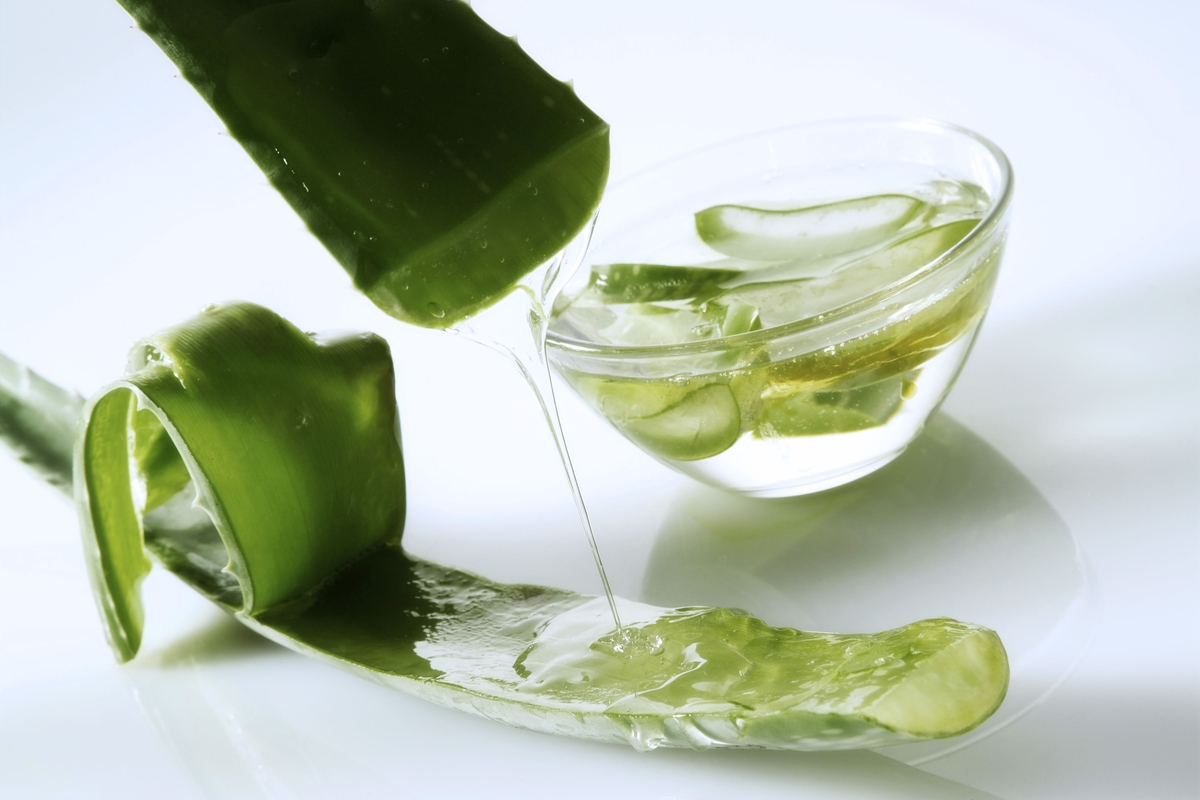
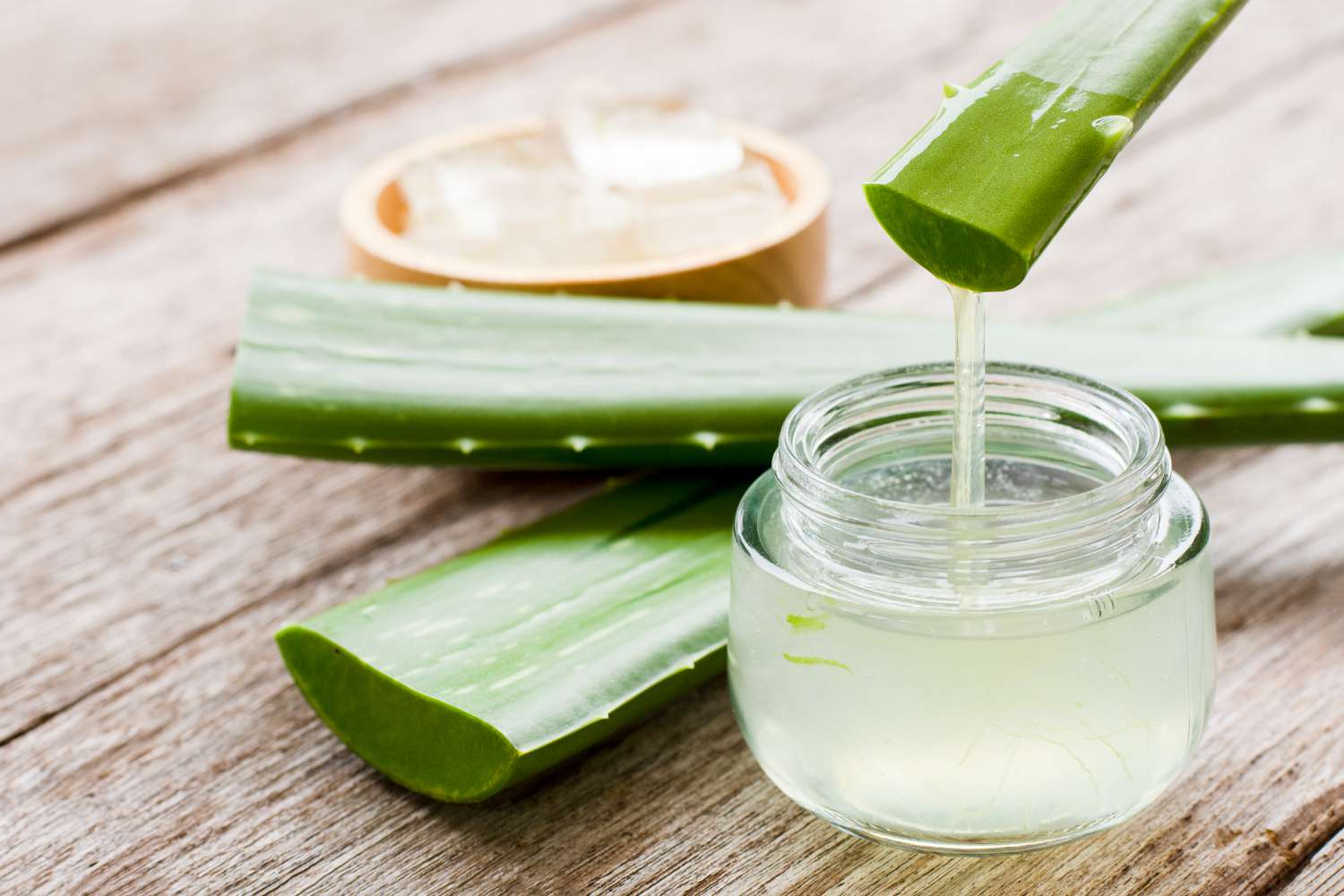
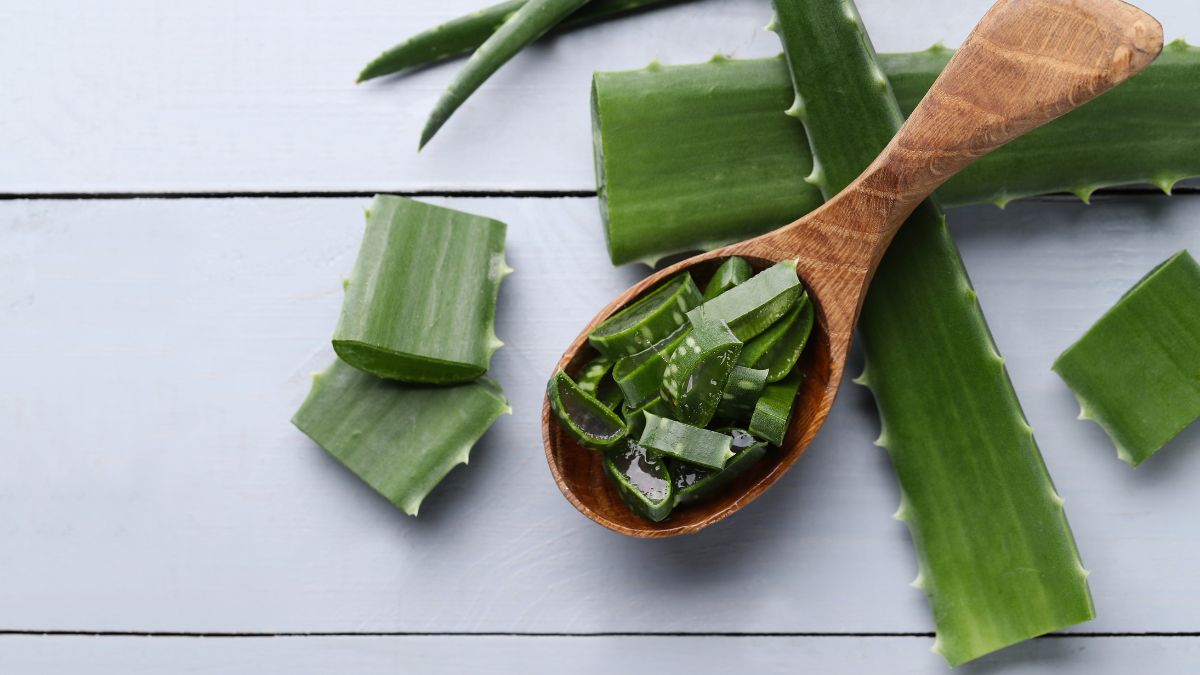
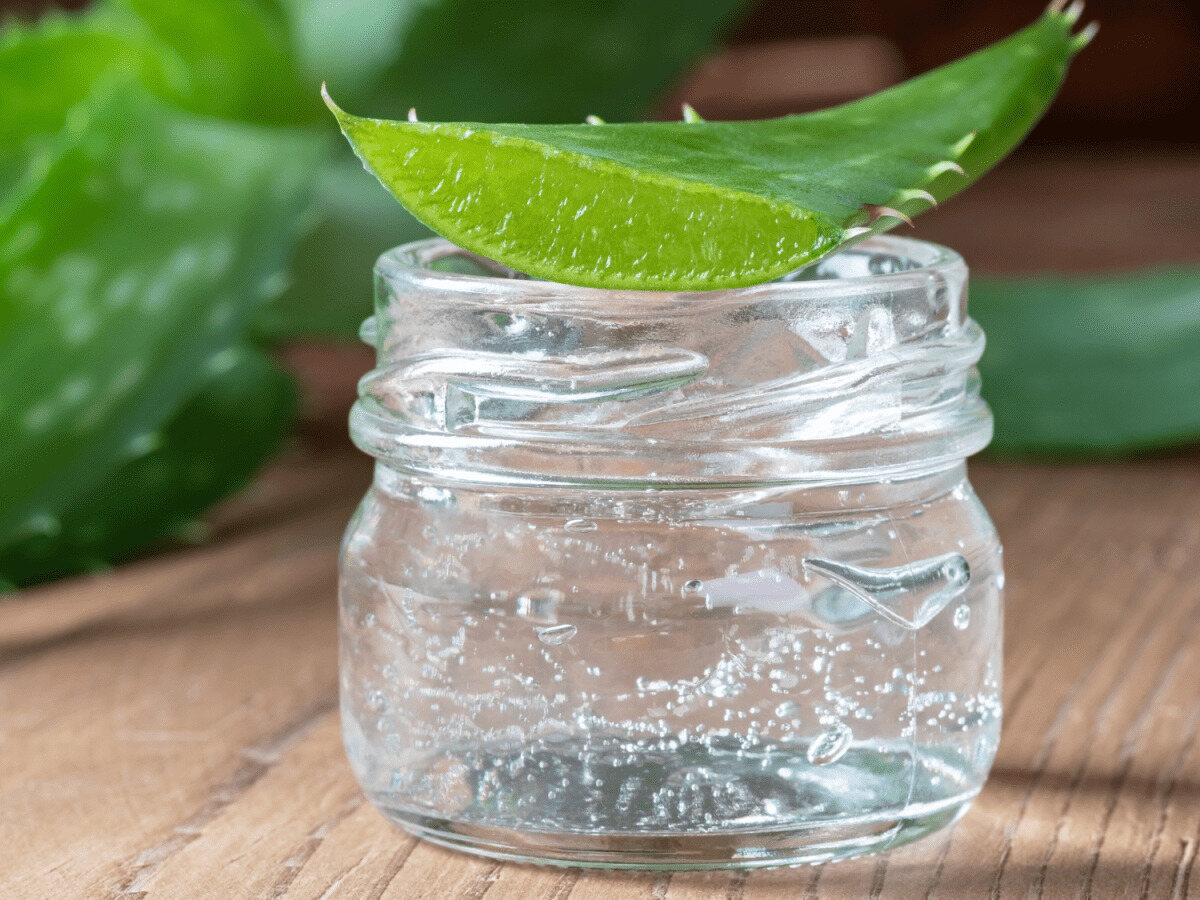
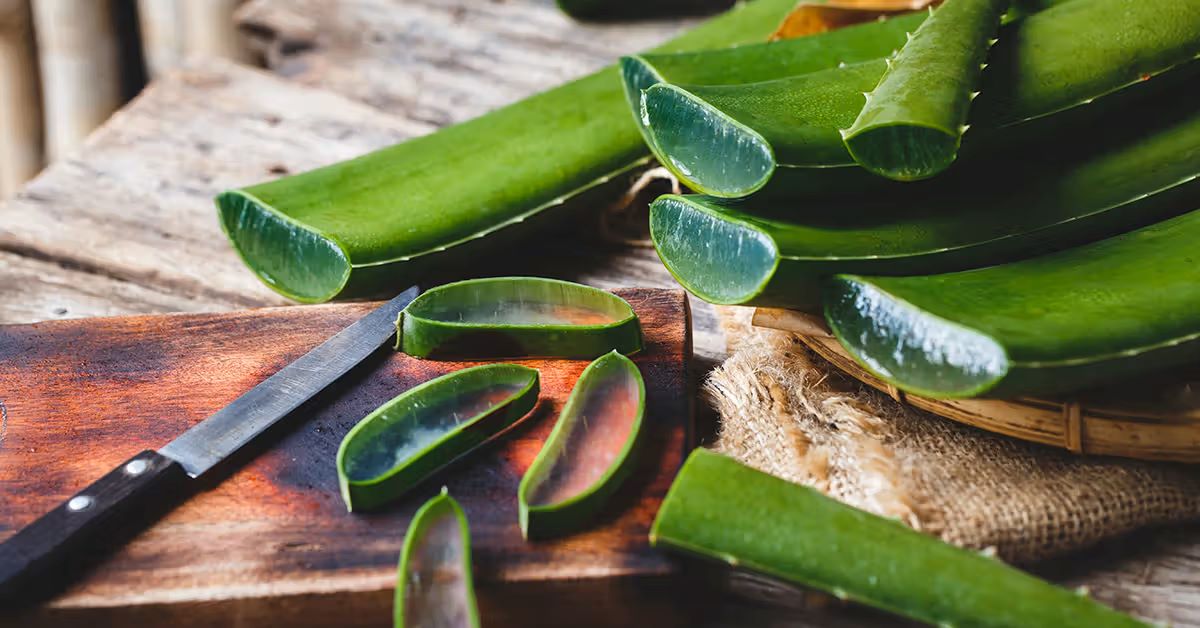
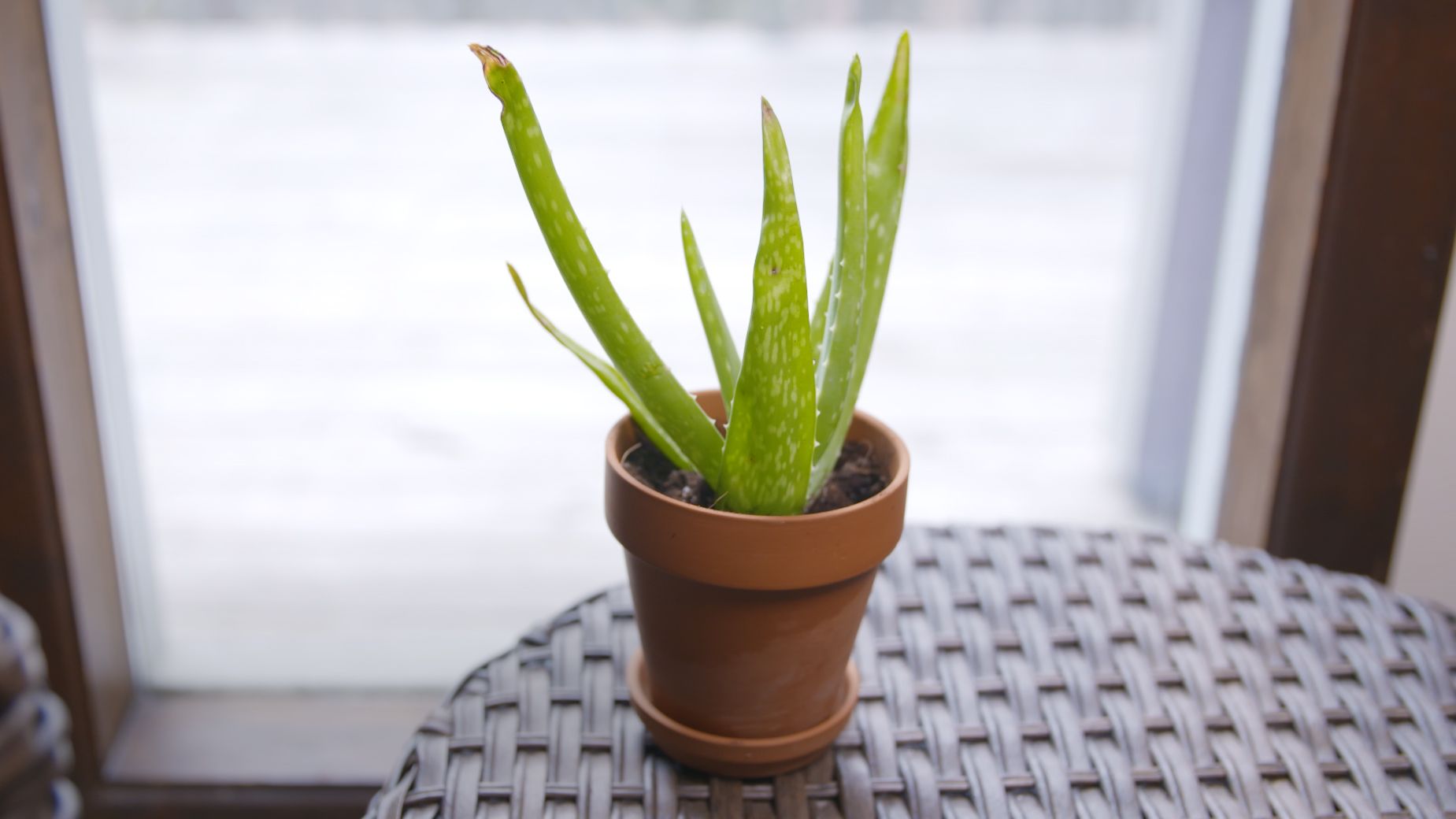
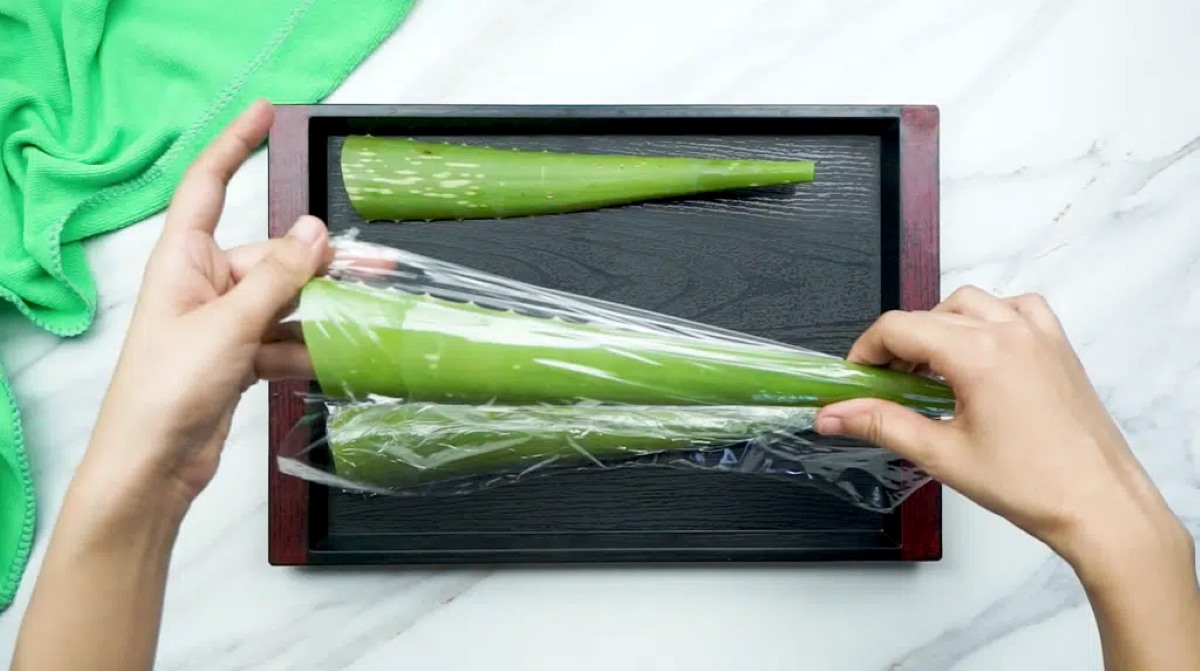
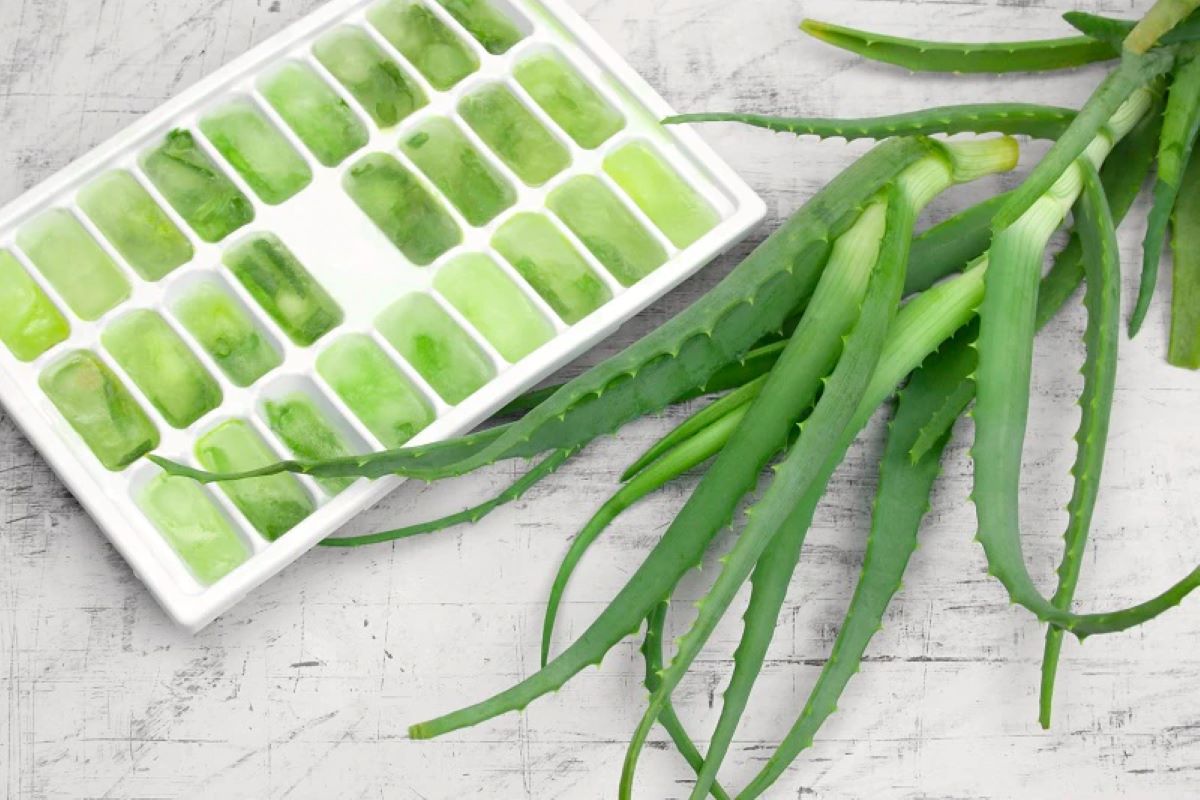
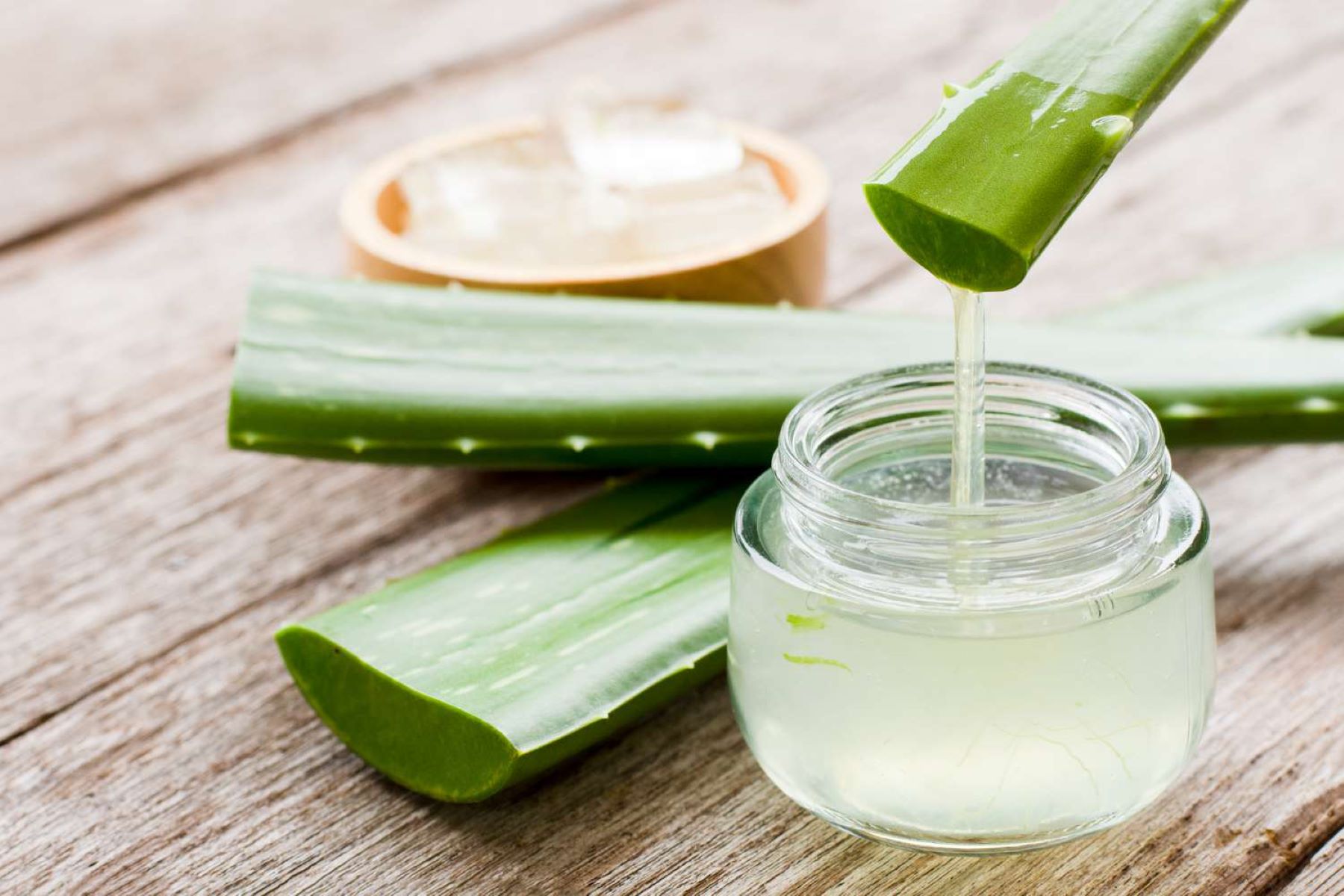
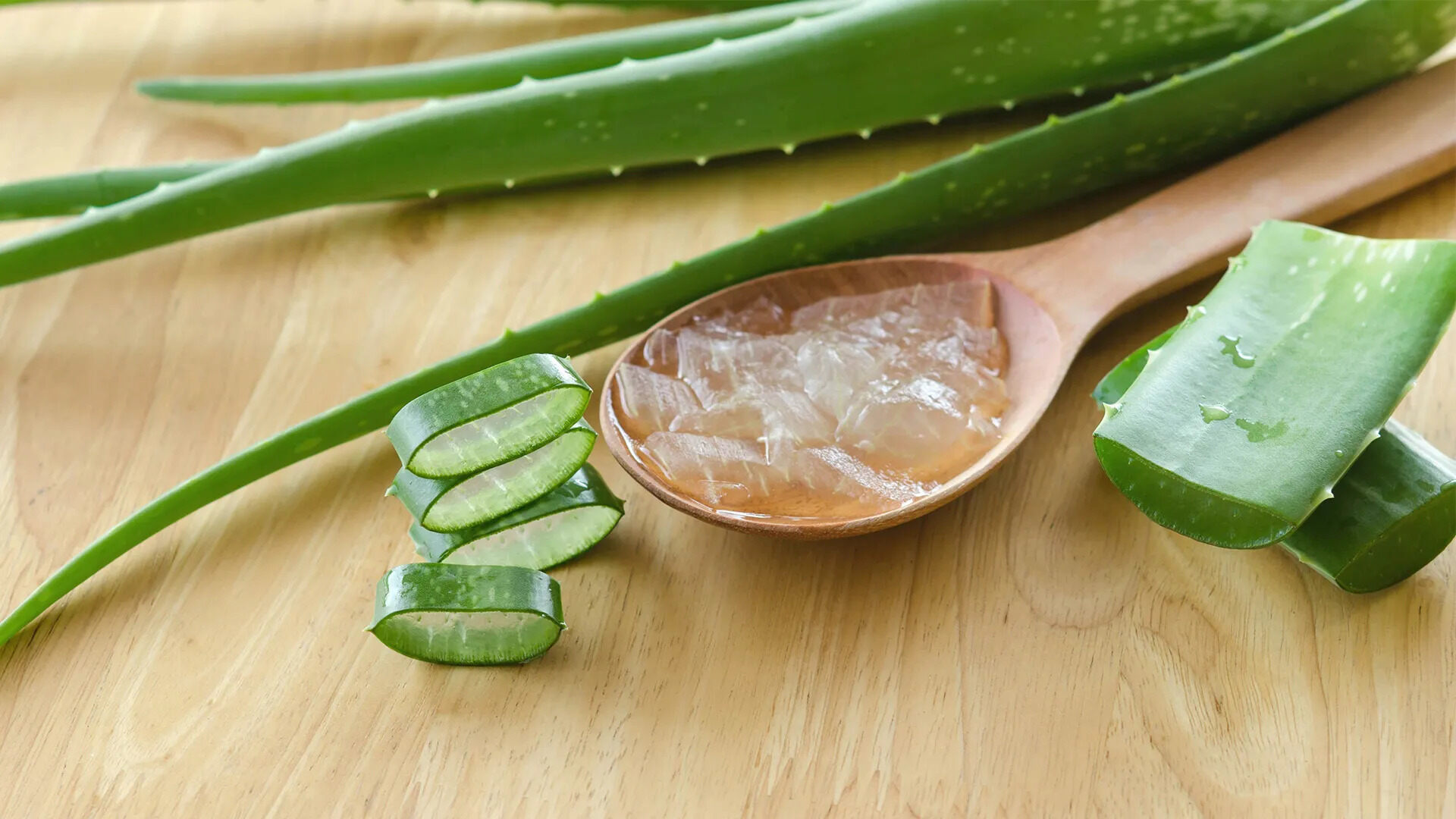
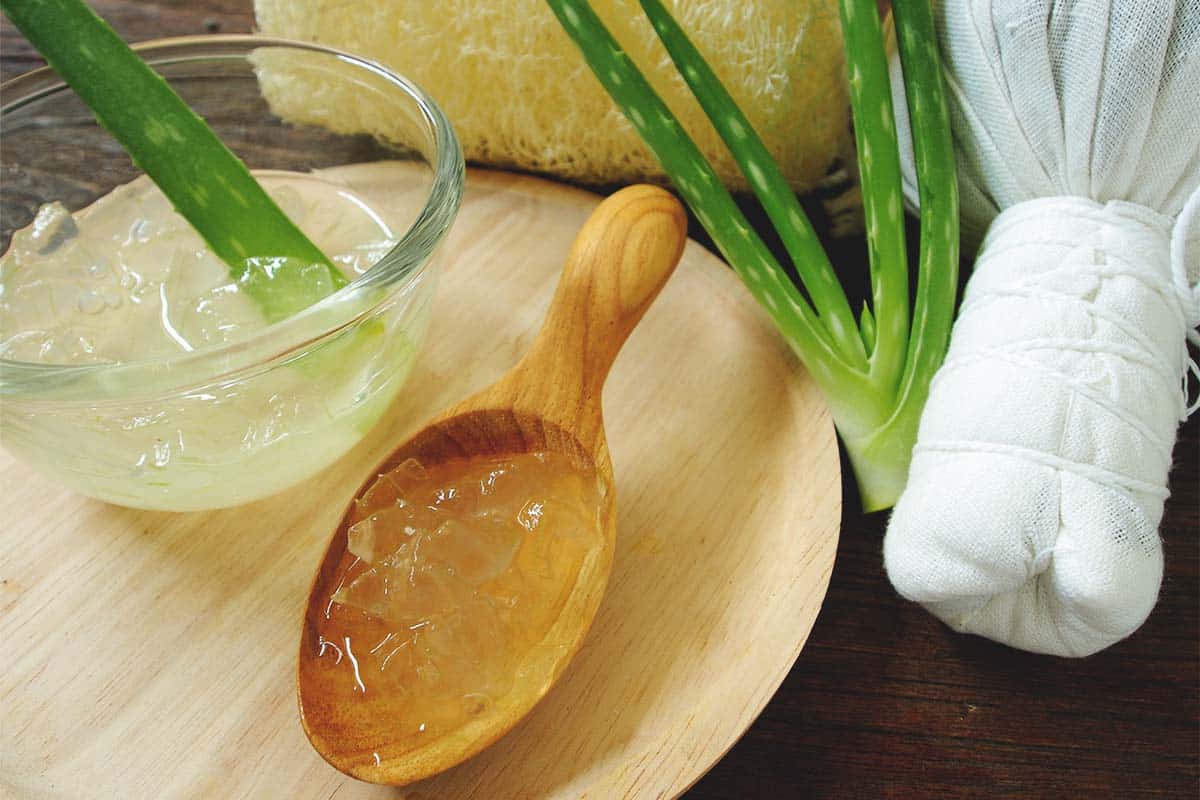
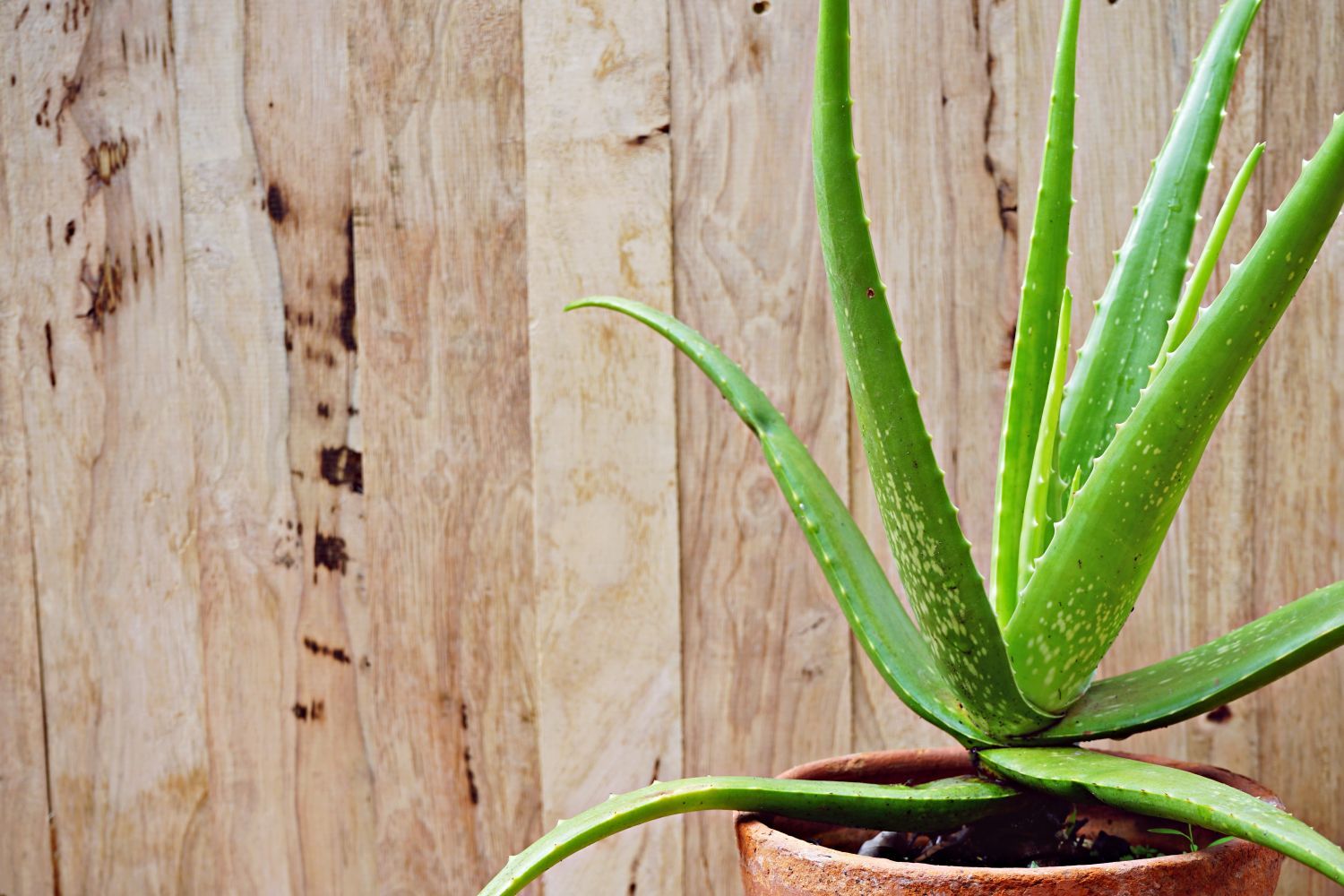
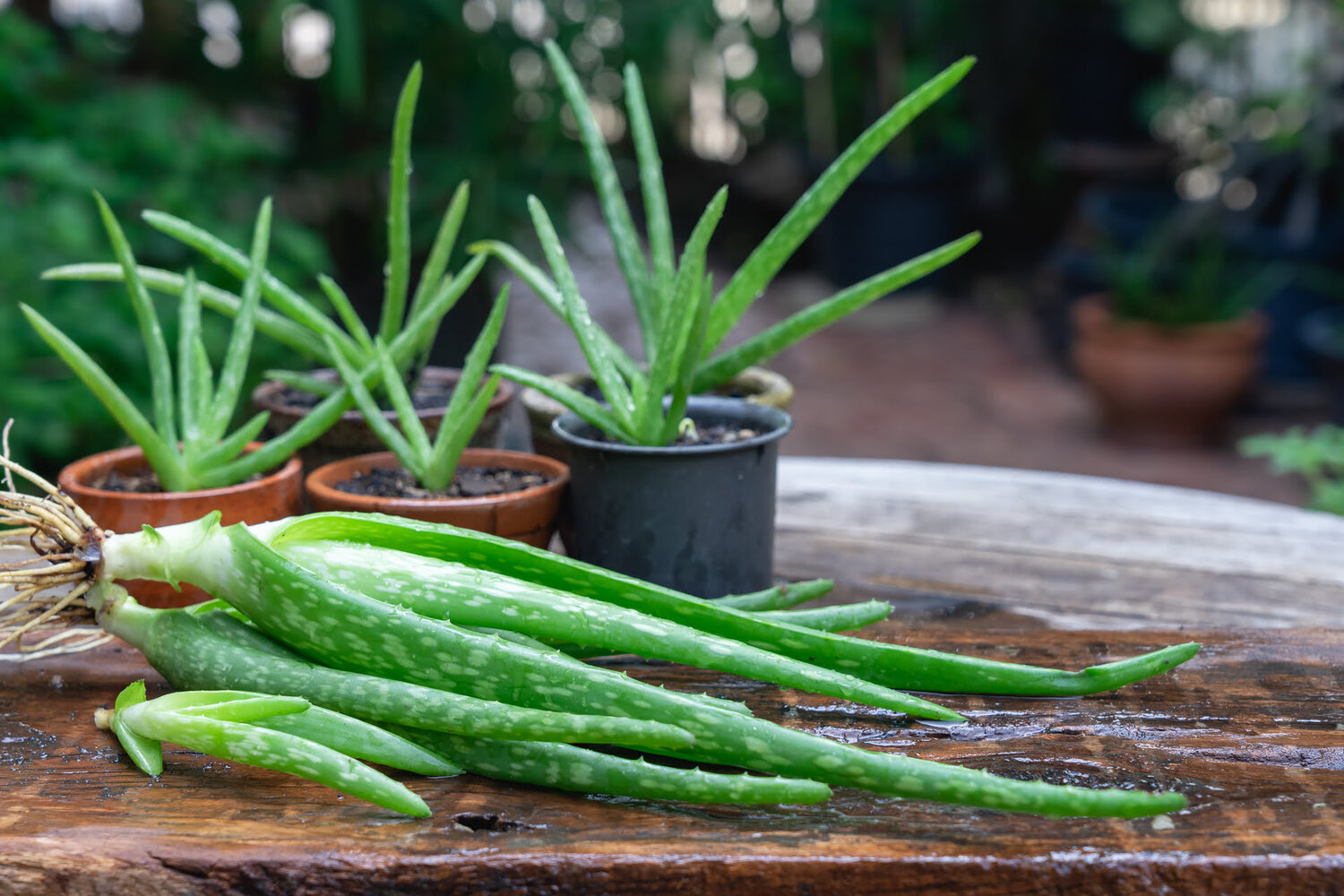

0 thoughts on “How To Store Aloe Vera”